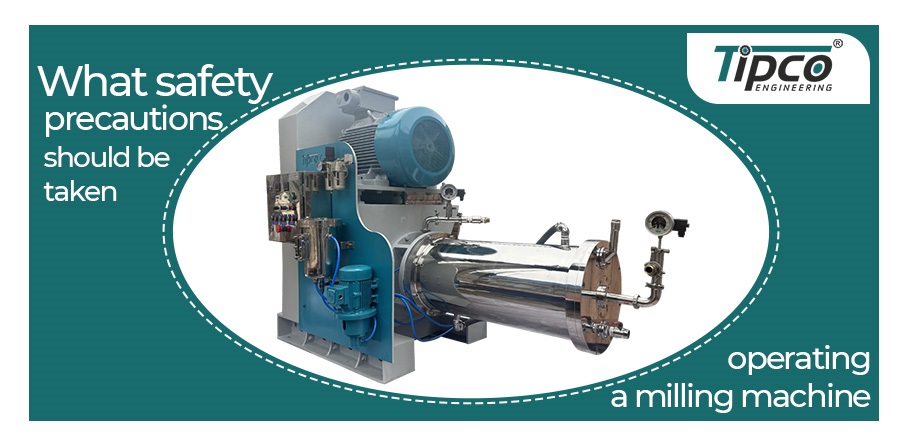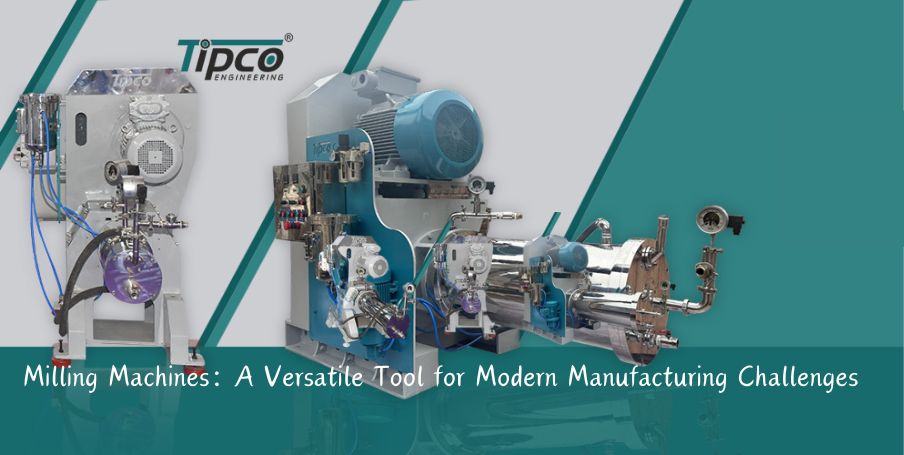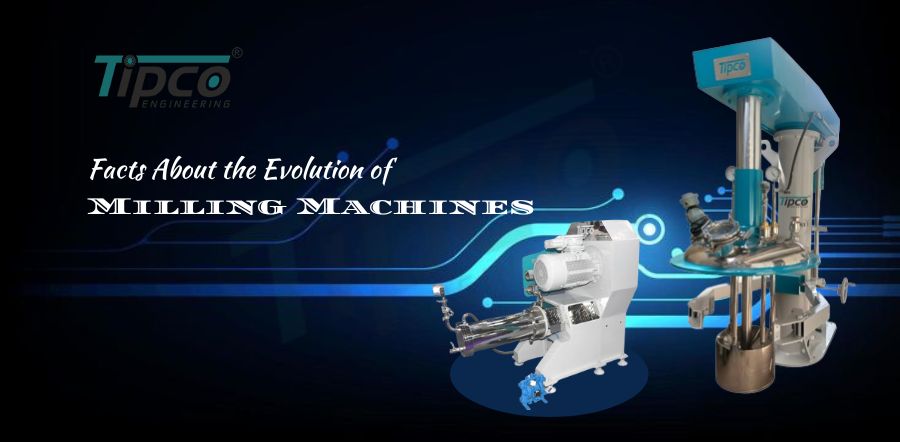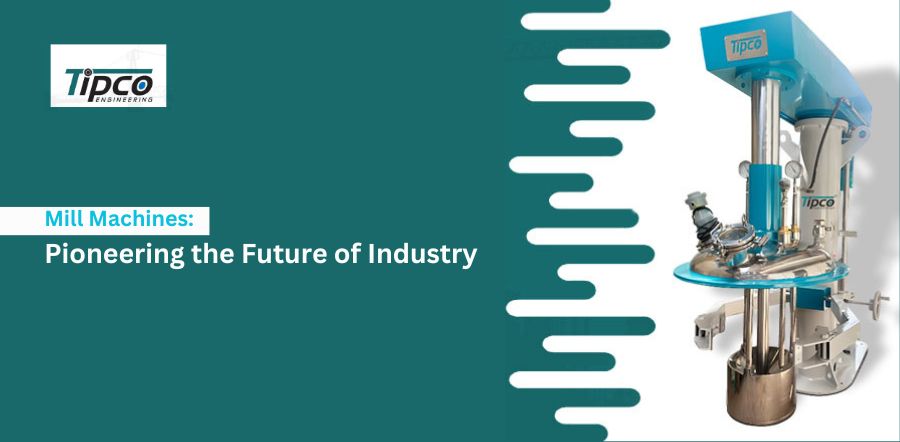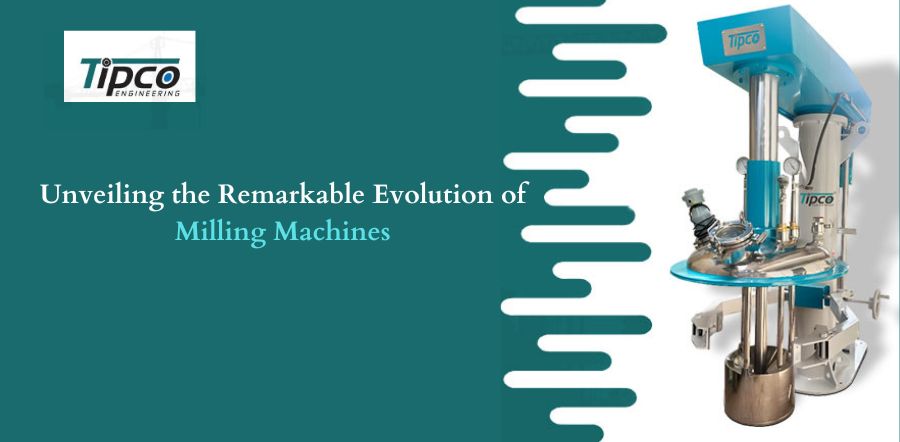What is a Mill Machine? Functions and Types Explained

A mill machine, often called a milling machine , is a versatile industrial tool used for shaping and processing various materials. It is a fundamental piece of equipment in the manufacturing, engineering, and construction industries. Mill machines are essential for creating precise cuts, slots, and shapes in metal, wood, or plastic materials, making them indispensable in modern production. Functions of a Mill Machine The primary function of a mill machine is to remove material from a workpiece to shape it into the desired form. This is achieved through the movement of a rotating cutter against a stationary or moving workpiece. Below are the key functions of a mill machine: Cutting and Shaping : It allows for precise cutting and shaping of materials into custom dimensions or complex geometries. Slotting : Mill machines are widely used for creating slots, grooves, and pockets in components. Drilling : Certain milling machines can double as a drill, enabling users to make holes of...







